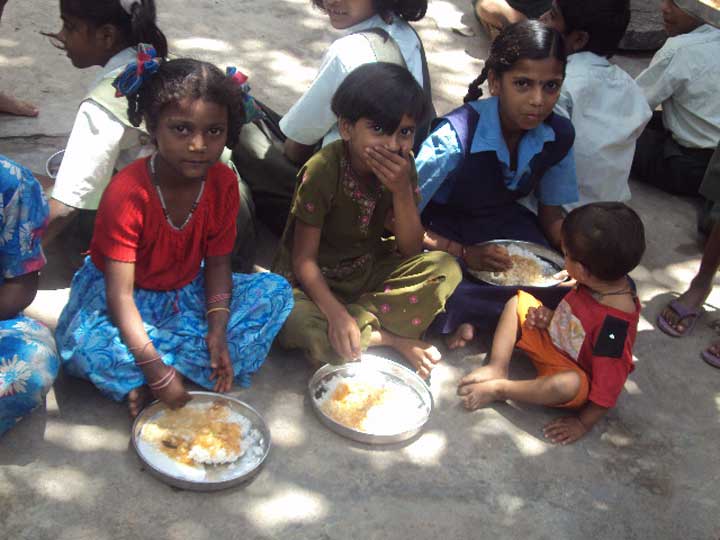Children
A New Study Explains Why Social Status May Play A Role in How Open Children Are To Healthy Eating
Across India, lifestyle diseases are on the rise. Especially worrying is the fact that many children, both in urban and rural areas have been seen to suffer from ailments related to unhealthy BMIs caused by malnourishment or eating an excessive amount of unhealthy foods.
A recent study published in Social Science & Medicine, a scientific journal, suggests that unhealthy eating habits can be correlated to a child’s social and economic status in society.
The Study
Harvard doctoral student Caitlin Daniel conducted a qualitative analysis on a collection of 75 parents from different economic backgrounds, asking them about their food habits, their shopping habits and their children’s eating habits.
Daniel found that wealthier parents tended to buy more nutritious foods for their children such as vegetables and fruits, while parents with a lower income bought unhealthier fare.

A study conducted in the 1990s found that children need to be exposed to a certain type of food 8-15 times before they become accustomed to its taste and then begin to like it. So, when it comes to healthy fare like fruits and vegetables, parents must be prepared to force their children to eat them a repeated amount of times to allow them to develop a taste for them. Subsequently, they must also be open to the food waste that will be generated when the children inevitably refuse to eat the offered food the first few times.

Daniel suggested that low income parents could not afford this food waste, and so tended to buy unhealthy, albeit tasty food that their children would be sure to eat.
The Implications
So, it works in a vicious cycle; well off children have the opportunity to be exposed to and therefore grow to like healthier food. Under privileged children can never develop a taste for fruits and veggies and are more susceptible to lifestyle diseases.
A paper written by Menaka Rao for Yahoo Lifestyle explored a similar trend in India. Children living in the Dharavi slum were susceptible to malnutrition not because their parents lived in abject poverty, but because the children themselves refused to eat healthy, nourishing food.
What Can Be Done?
Of late, state governments across the city as well as the central government have been stressing the need to limit the amount of junk food available in and near schools. Indeed, many schools across Pune have already banned junk food.
In order for a limit on junk food to be effective, however, schools should ensure that their canteens are providing meals with healthy fare so children can develop a taste for it.

Of course, many argue that one meal a day will not go far in changing a child’s overall eating habits. But it’s a good place to start, right?




















